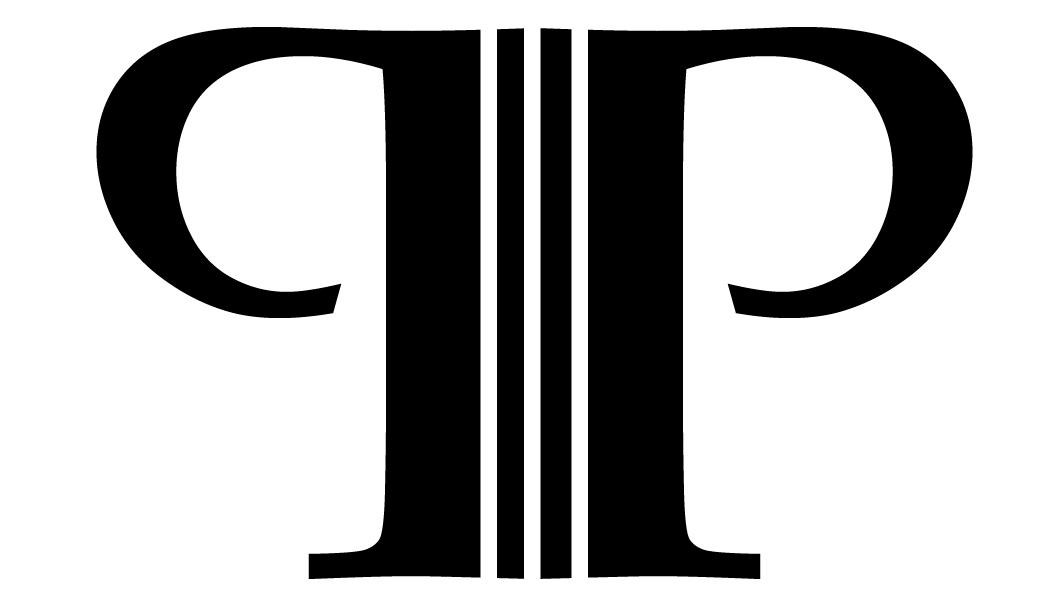I stand at the coat rack in a state of indecision, staring out the window trying to decide what level of cold protection I will need as I head out to feed sheep. Tuesday I donned multiple layers to include a wool hat and fingerless gloves. Thursday required raincoat and mud boots and I felt hot heaving hay. Today we seem to be somewhere in between...it is January, the month of discontent. Recital month.
As we step gingerly into recital week, I notice a stranger in the corner of the room during most lessons. Sometimes standing, sometimes sitting, but consistently there. This stranger is not of solid body, but neither is it a figment of our imagination. This may sound like a Dr. Seuss riddle, but I assure you it is not. We know this stranger as Fear, and while it makes its home inside us most of the time wrapped up all cozy next to Hope and Joy, as recital draws closer it always decides to come out for some air.
For months, in anticipation of performance, we have been working on focus. Training our brain to zero in on the music in front of us, letting the music take over, paying as much attention to the mental as to the physical art of performance.
In questioning players young and old, about how they “feel” about performing, there is not one student who doesn’t include in their sentence a word that, in some way, describes flat-out fear. I know what they want; they want me to give them a golden ticket to a one way trip out of Terrorville. Instead, I’m asking everyone to look at their anxiety, understandable as it may be, in a different way.
For optimum performance in anything, we need some of the adrenaline that fear generates. What we want to do is learn to recognize the sensations we are feeling, name them, then bend those feelings from negative to positive, to milk the joy-juice out of them. So, instead of not acknowledging that dark stranger standing in the corner of the room, even as your hand shakes so hard that your bow does an unpremeditated impression of spiccato, turn your head right and say “Hello Fear, welcome. I see that you are here and I know that not everything you bring is negative. So take a good look around, grab a snack, but then you must leave. Your time here is short.”
I’m tired recital week, so I might have leaned on a bit more caffeine than normal. I decided to switch up metaphors just to keep me sharp. Friday I sat with Luke, my almost painfully sweet, sixth grade student. Toward the end of the lesson I sat back, looked him in the eye and said “How do you feel when you play in the recital?” Luke paused, looked down and said “Kind of scared.” I leaned forward and talked about the fact that it was normal to feel that way but that, amazingly, he had all the power necessary to help with that. Caffeine buzzing through my veins, I told him that we needed to allow Fear into our car. It could come in but it must take a seat in the back. We can then look in the rear view mirror, see Fear and say “Fear, welcome. I see you. You can come along for the ride, but you must stay in the back seat. You are not allowed to drive. In fact you cannot even fiddle with the radio.”
Luke looked at me, somber, with what I proudly took as a look of awe and inspiration, then quietly spoke, “Why does he have to be in the back seat?”
Nonplussed, I replied, “Because we don’t want fear right up next to us, right?”
“I guess. But why can’t he drive the car, does he not know how to drive?”
Now I am feeling fearful.
“Well yes, but we don’t want him to drive, WE want to drive our own car.” Weak smile.
“You know I can’t drive yet, right?”
I think he can.
Melissa Perley

